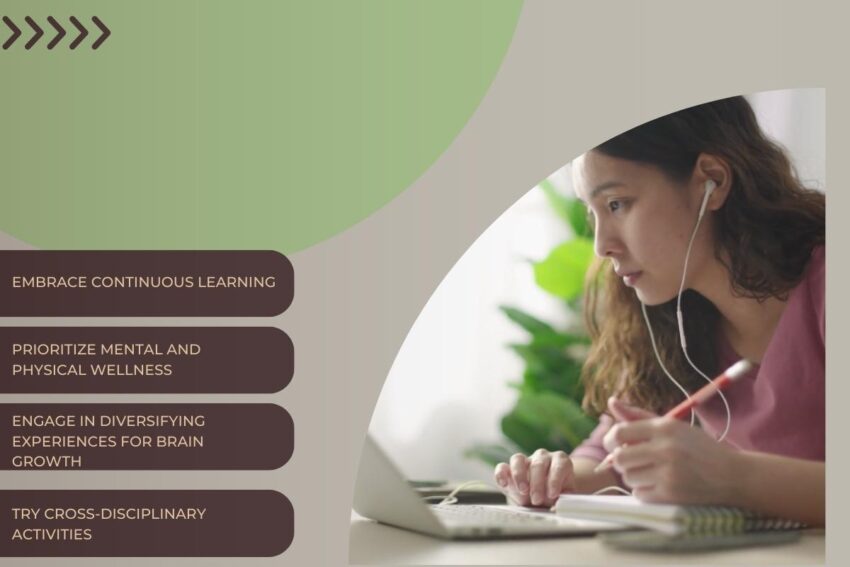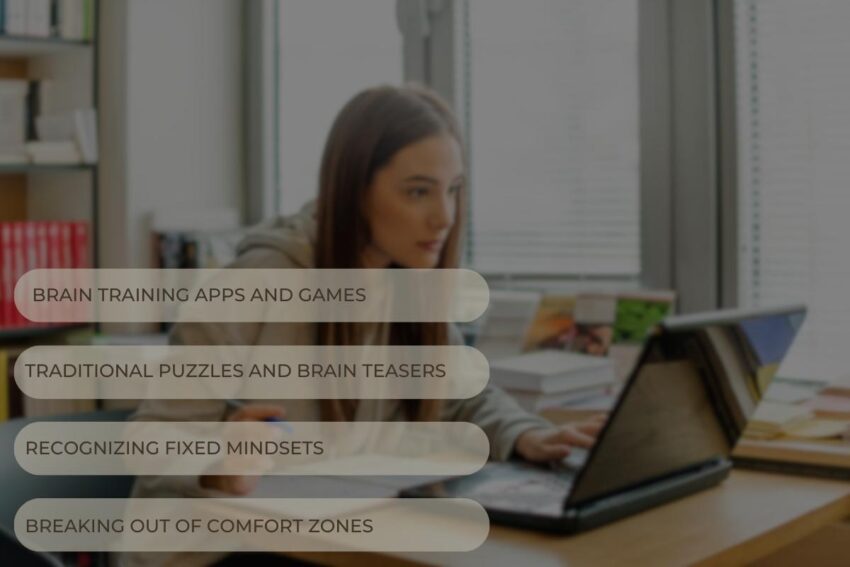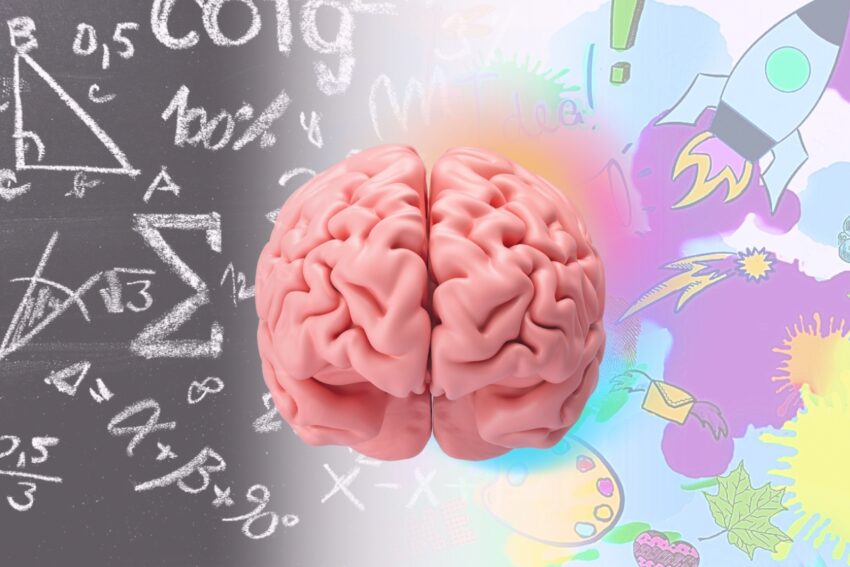In today’s fast-paced world, the ability to learn quickly and effectively is one of the most crucial skills to possess. The term “cognitive agility” refers to the brain’s capability to switch between tasks and to adapt to new scenarios swiftly.
If you’re looking to become a swift and lasting learner, understanding cognitive agility is key. In that quest, there’s a faithful companion that can help you be highly efficient – Gizmo!
The Concept Behind Cognitive Agility
Cognitive agility is the brain’s capacity to swiftly shift between different tasks, adapt to novel situations, and absorb information effectively. It’s like the mental equivalent of being physically nimble or athletic.
This ability allows individuals to navigate the modern world’s complexity, making them more adaptable to new challenges and circumstances.
Moreover, as the world evolves, so does the nature of our tasks and problems. Having cognitive agility means being equipped to handle this dynamic nature, staying relevant in careers, and evolving with ever-changing technology.
Why It’s More Relevant Than Ever
In an era where information is abundant, the challenge isn’t access, but discernment and assimilation. With technology constantly changing the landscape of industries and jobs, the need for adaptability has skyrocketed.
Employees aren’t just required to be experts in their fields but also adaptive learners.
Furthermore, cognitive agility isn’t only beneficial for professional growth. It impacts personal growth too, enhancing one’s ability to embrace change, overcome adversities, and view situations from multiple perspectives.
Factors Influencing This Capacity
We’re not just born with cognitive agility. Various factors, both inherent and environmental, shape this ability.
Genetics and Brain Structure
While everyone has the potential to enhance their cognitive agility, genetics play a role in setting the baseline. Certain genes are associated with neural plasticity — the brain’s ability to reorganize itself by forming new neural connections. This plasticity is vital for cognitive flexibility.
Brain structures, especially those related to the prefrontal cortex, also influence cognitive agility. This region is responsible for executive functions such as planning, decision-making, and adapting to new situations. The health and efficiency of this area significantly determine one’s cognitive agility.
Life Experiences and Environment
Life experiences, especially during formative years, have a profound impact on cognitive development. Exposure to diverse experiences, challenges, and cultures can enhance cognitive flexibility, as it trains the brain to adapt to different scenarios.
Similarly, an environment that promotes continuous learning and mental stimulation boosts cognitive agility. On the other hand, monotonous routines or a lack of mental challenges can make the brain complacent, impacting its adaptability.
How to Enhance It?

Embrace Continuous Learning
To be cognitively agile, you must adopt a learner’s mindset. This means being curious, asking questions, and seeking out new knowledge.
Engaging in diverse learning experiences, such as taking up a new hobby, reading extensively, or even pursuing further formal education, can sharpen your mental faculties.
Remember, learning isn’t just about professional growth. Personal development, acquiring soft skills, and understanding human behaviors are equally critical. They provide a holistic approach to enhancing cognitive agility.
Prioritize Mental and Physical Wellness

It’s no secret that a healthy mind resides in a healthy body. Physical activities, especially aerobic exercises, have been shown to boost brain health, enhancing memory and cognitive functions. Aim for regular exercise, be it brisk walking, cycling, or any sport you love.
Mental wellness, too, plays a pivotal role. Managing stress, practicing mindfulness, and getting adequate sleep are all vital for optimal brain function. These practices not only enhance cognitive agility but also improve overall well-being.
Engage in Diversifying Experiences for Brain Growth
To truly harness the power of cognitive agility, one needs a varied palette of experiences. Engaging in a range of activities and tasks can push the boundaries of our cognitive capabilities.
Try Cross-Disciplinary Activities
One of the most potent ways to stimulate the brain is by participating in activities that span different disciplines. For instance, a software engineer could take up art lessons. The juxtaposition of logical coding and free-form art compels the brain to think differently, fostering cognitive agility.
Cross-disciplinary engagements also allow individuals to appreciate different perspectives, encouraging holistic thinking. It creates neural pathways that might remain unexplored in a one-dimensional routine.
Travel!
Traveling exposes one to new cultures, languages, and ways of thinking. Every new place visited, every new language learned, and every new food tasted offers a fresh challenge for the brain. This sort of stimulation enhances adaptability and flexibility in thinking.
Furthermore, navigating unfamiliar terrains and interacting with diverse communities also instills resilience and problem-solving skills, crucial components of cognitive agility.
Cognitive Training Tools and Techniques

A range of tools and techniques specifically target cognitive agility enhancement.
Brain Training Apps and Games
The digital age offers a plethora of apps designed to challenge the mind. Games that focus on problem-solving, memory, attention, and speed can help enhance various cognitive functions. Platforms like Lumosity, Peak, and CogniFit have scientifically designed games that cater to different aspects of brain health.
While these tools are beneficial, it’s essential to approach them as supplements rather than the sole strategy. Balance digital training with real-world cognitive challenges for the best results.
Traditional Puzzles and Brain Teasers

Long before the age of smartphones, puzzles like crosswords, Sudoku, and logic riddles have been stimulating minds. Such puzzles compel the brain to think critically, recognize patterns, and strategize. Consistently engaging in these activities not only provides a break from screen time but also strengthens cognitive muscles in a fun and challenging way.
Cognitive Rigidity – Is it possible to Overcome It?
Opposite to agility is rigidity.
Recognizing Fixed Mindsets
A fixed mindset, as proposed by Carol Dweck, believes that abilities are static and can’t change. This belief is a major roadblock to cognitive agility.
Recognizing and challenging such beliefs is the first step to cultivating a growth mindset, where one sees potential for development and embraces challenges. By fostering a growth mindset, individuals are more open to feedback, less afraid of failures, and more eager to learn — all vital for cognitive agility.
Breaking Out of Comfort Zones
Humans are creatures of habit. While routines bring comfort, they can also breed complacency. Actively putting oneself in unfamiliar situations or trying new tasks can be unnerving, but it’s essential for cognitive growth.
Whether it’s taking a different route to work, trying new cuisine, or picking up a novel genre of books, these small steps can jolt the brain out of its comfort zone, promoting cognitive agility.
The Bottom Line
In essence, to thrive in today’s multifaceted world, it isn’t just about how much we know, but how agilely we can learn, adapt, and grow. Embrace cognitive agility, and you embrace a world of endless possibilities.











